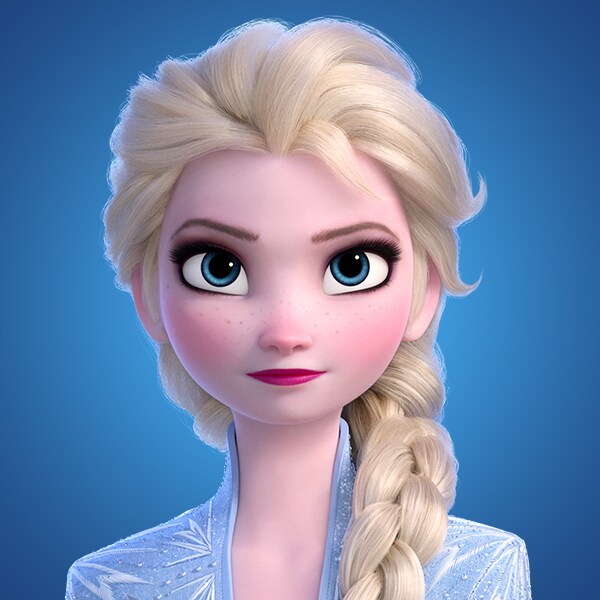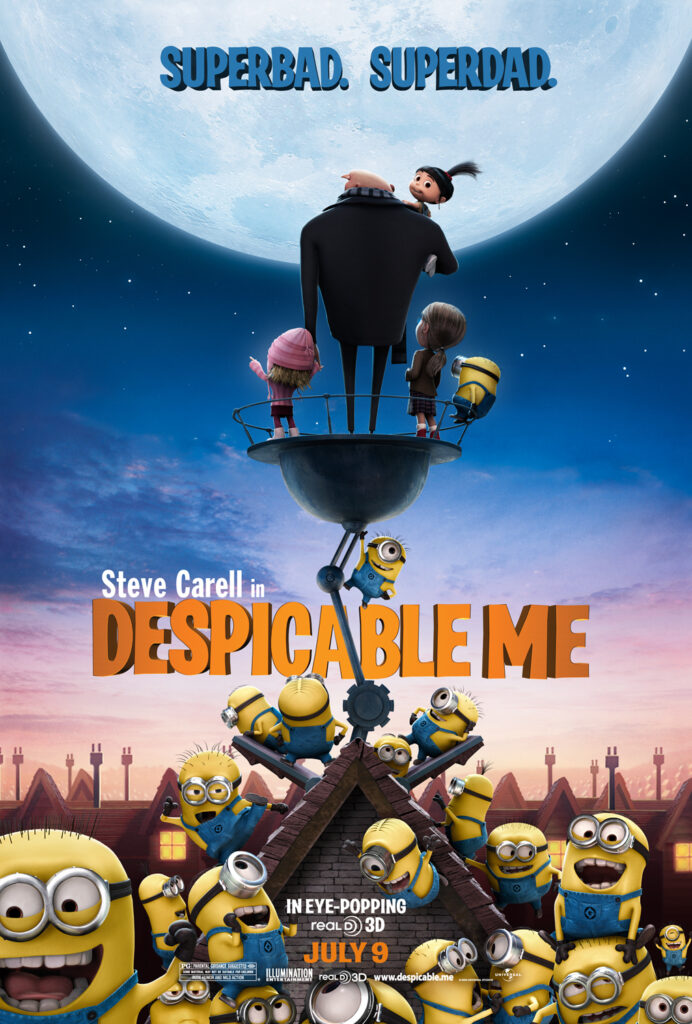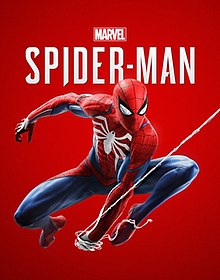
The art of digital character design holds a pivotal role in shaping the landscapes of various creative industries, including gaming, animation, and virtual reality. This craft goes beyond mere illustration; it’s about breathing life into characters that can connect with audiences on a profound level. With the advancement of digital technologies, character design has evolved significantly, giving designers more tools and flexibility to bring their ideas to life.
In this article, we will explore some of the best case studies and examples of digital character design to inspire and educate aspiring designers and enthusiasts. As we delve into this fascinating world, we aim to demystify the process for both novices and seasoned designers alike, shedding light on the intricacies of creating memorable digital personas.
Understanding Digital Character Design
Before we delve into the case studies and examples, let’s first define what digital character design is and what it entails.
What is a digital character design?
A digital character is more than just a visual entity; it’s a cornerstone of storytelling in the digital age. These characters, whether in games, films, or virtual simulations, are the conduits through which narratives unfold and emotional connections are forged. Digital characters differ from traditional ones primarily in their creation and interaction medium; they are designed and experienced in a digital environment, offering a level of engagement and dynamism that traditional mediums can’t match.
The process of creating visual illustrations of fictional or real-life characters using digital tools, including digital painting, vector graphics, and 3D modeling software, is known as digital character design. It involves various elements, such as character concepts, shape language, anatomy, proportion, color theory, and animation. A well-designed digital character can convey emotions, personality, and story in a captivating and memorable way.
Importance of Digital Characters in Today’s Digital World
The importance of digital character design in today’s digital world cannot be overstated. As we navigate through an era where visuals play a pivotal role in communication and entertainment, the design of digital characters becomes a central element in engaging and connecting with audiences globally. Let’s delve into why it’s so essential in our current digital landscape:
Enhanced Storytelling: In mediums like video games, movies, and virtual reality, characters are often the primary storytelling vehicles. They bring narratives to life, making stories more relatable and engaging. A well-designed character can evoke emotions, create empathy, and drive the narrative forward, making the experience more impactful for the audience.
Brand Identity and Marketing: Digital characters often serve as brand mascots or representatives. They can personify brand values, making them more relatable to consumers. In marketing, these characters can significantly increase brand recognition and loyalty. They provide a friendly and familiar face to otherwise corporate entities, making them more approachable to the public.
Immersive Experiences: In the realm of virtual reality (VR) and augmented reality (AR), character design plays a crucial role in creating immersive experiences. As these technologies strive to blur the lines between the virtual and real worlds, the quality and realism of character design can significantly enhance the sense of immersion, making the experience more believable and engaging.
Cultural Representation and Diversity: Digital characters also play a vital role in representing diverse cultures and communities. In today’s global digital landscape, character design can promote inclusivity and cultural understanding by accurately and respectfully representing different backgrounds and identities.
Emotional Connection: Characters can become iconic and emotionally significant to audiences. This emotional connection can lead to a deep, long-lasting relationship between the user and the game, film, or brand. This connection is particularly evident in the gaming industry, where players often develop strong attachments to characters.
Educational Impact: In educational settings, digital characters can make learning more engaging and accessible. They can simplify complex concepts, provide interactive learning experiences, and make educational content more appealing to a younger audience.
Economic Influence: The design of digital characters can have a significant economic impact. In industries like gaming and film, characters can drive sales and become merchandise, generating additional revenue streams.
Showcase of Excellence in Digital Character Design
In the realm of digital character design, certain projects stand out for their innovative approach, captivating visuals, and memorable characters. These creations have not only entertained audiences but also set new standards in the fields of animation, film, and gaming. Let’s explore some of these landmark projects and the unique elements they brought to digital character design.
Pixar’s Monsters, Inc.

Pixar is renowned for its groundbreaking digital animation and character design. One of the best examples of Pixar’s excellence in digital character design is the movie Monsters, Inc. The movie follows the adventures of Sulley and Mike, two monsters who work at a company that collects children’s screams to power their city. The characters are designed with great attention to detail, from their fur and facial expressions to their distinctive shapes and colors.
In Pixar’s “Monsters, Inc.,” a breakthrough was achieved with the software Fizt, used for simulating Sulley’s fur. Each of Sulley’s 2.3 million individual hairs was animated, reacting dynamically to movements and environmental factors, a feat that set new standards in digital animation.
Source: Disney
Blizzard’s Overwatch
Blizzard created the well-known multiplayer first-person shooter game called Overwatch. The game has a large cast of characters, all of whom have special skills, interesting backstories, and distinct personalities. Blizzard’s Overwatch characters showcase a masterful use of the software toolchain, including Maya for 3D modeling and Adobe Substance for texturing.
Each character is crafted with distinct silhouettes and color palettes, aiding player recognition and narrative immersion. The use of motion capture technology adds lifelike fluidity to their movements. The character design in Overwatch is a perfect example of how digital character design can enhance the gameplay experience.
Source: vg247.com

Disney’s Frozen

Frozen is a Disney movie that tells the story of two sisters, Elsa and Anna, who embark on a journey to save their kingdom from eternal winter. The character design in Frozen is stunning and memorable, with each individual having their own unique personality and artistic aesthetic. Elsa from Frozen, with her empowering storyline and memorable song “Let It Go,” became a symbol of self-acceptance and strength for many viewers. Her influence extended beyond the screen, affecting fashion trends and children’s media and promoting themes of individuality and resilience.
The animators used a combination of 3D modeling and traditional hand-drawn techniques to create the characters’ designs. Disney’s Frozen presented unique challenges in animating Elsa’s ice powers. The proprietary software Matterhorn was developed for this purpose, enabling the realistic depiction of ice and snow physics, crucial for scenes like Elsa’s ice castle construction. Frozen won several awards for its exceptional animation and character design. Renowned designers like Glen Keane, known for his work on Disney classics, emphasize the importance of storytelling in character design. Keane suggests that the essence of a character comes from their story, driving their physical appearance and movements.
Source: Disney
DreamWorks’ How to Train Your Dragon
How to Train Your Dragon is an animated movie that tells the story of a young Viking boy named Hiccup, who befriends a dragon and tries to change his tribe’s perception of the creatures. The movie features a diverse cast of dragons, each with its own distinctive design and skills.
The dragons are designed with great attention to detail, from their scales and wings to their expressions and movements. The animators used a piece of software called Massive, which played a pivotal role. It was used to simulate realistic crowd behaviors for the dragon scenes, giving each dragon distinct, autonomous patterns.
Source: DreamWorks

Square Enix’s Final Fantasy XV

Final Fantasy XV is a role-playing game developed by Square Enix. The game features a cast of memorable characters, each with a distinctive style and a different narrative. The character design in Final Fantasy XV is a combination of traditional Japanese art and Western fantasy.
In Square Enix’s Final Fantasy XV, Faceware technology captured the subtleties of human facial expressions, enhancing the emotional depth of the characters. This was complemented by meticulous attention to costume detailing, aligning with each character’s backstory and personality.
Source: Ign
Illumination’s Despicable Me
Despicable Me is an animated movie that tells the story of Gru, a supervillain who adopts three orphaned girls and learns the value of family. The character design in Despicable Me is charming and playful, with each figure having its own unique visual aesthetic and personality.
The animators used software called Meander to create the characters’ designs, which are inspired by the works of Dr. Seuss and other children’s book illustrators. The minions, Gru’s loyal and mischievous helpers, are particularly popular among fans and have spawned their franchise.
Source: Imdb

Marvel’s Spider-Man

Spider-Man is a popular superhero created by Marvel Comics. The character has appeared in various media, from comic books and TV shows to movies and video games. The latest video game adaptation of Spider-Man, developed by Insomniac Games, features a stunning digital character design that captures the essence of the character’s comic book roots.
The designers used software called ZBrush to sculpt the character’s body and clothing, giving him a more dynamic and realistic look. The game also features a cast of supporting characters, adding to the game’s immersive and engaging experience.
Source: Wikipedia
Riot Games’ League of Legends
Riot Games created the well-known multiplayer online battle arena game League of Legends. The game features a diverse cast of champions, each with their own unique skins, powers, and personalities. The character design in League of Legends is a perfect example of how digital character design can enhance the game’s storytelling and gameplay mechanics.
Each champion’s design is distinct and memorable, making it easy for players to identify them in fast-paced battles. The designers also use animation and visual effects to communicate each champion’s abilities and strengths, adding to the game’s strategic depth and excitement.
Source: leagueoflegends.fandom

Comparative Analysis: Character Design Philosophies in Overwatch Vs. League of Legends
Blizzard’s “Overwatch” and Riot Games’ “League of Legends” represent two distinct philosophies in digital character design, each reflecting a unique approach to storytelling, aesthetics, and player engagement.
Blizzard’s Narrative-Driven Design in Overwatch
Overwatch stands out for its narrative-driven character designs. Each hero is not just a set of abilities but a fully realized character with a rich backstory. This narrative depth influences their visual design, creating a direct link between the character’s story and their appearance. For instance, Reinhardt’s massive armor and battle scars are not just aesthetic choices but reflections of his history as a battle-hardened warrior. Similarly, Widowmaker’s design, with her cold, blue skin, echoes her backstory of transformation and loss.
Blizzard also focuses on vibrant colors and distinct silhouettes, ensuring that characters are instantly recognizable on the battlefield. This is crucial in “Overwatch’s” fast-paced gameplay, where quick character identification can mean the difference between victory and defeat. The silhouette of Pharah flying in her Raptora suit or Roadhog’s bulky, intimidating presence are immediate visual cues to their roles and abilities. This visual clarity extends to the characters’ abilities and animations, further reinforcing their unique identities.
Riot Games’ Fantasy Aesthetic in League of Legends
Contrasting with Blizzard’s approach, Riot Games’ “League of Legends” dives into a broader fantasy aesthetic. The character design in “League of Legends” draws from a diverse palette of cultural, mythological, and fantastical sources. This diversity allows for a wide range of creative expression in character designs. For instance, Ahri, the nine-tailed fox, is inspired by Korean mythology, while champions like Wukong draw from Chinese legends. This diversity extends to the designs of newer champions like Yuumi, a magical cat, showing Riot’s willingness to explore whimsical and unconventional designs.
Riot’s character design also employs a more stylized, less photorealistic approach compared to “Overwatch.” This allows for greater flexibility in expressing fantastical themes and elements. The designs often feature exaggerated proportions and vibrant colors, lending each character a distinct and memorable appearance. Champions like Jinx break conventional character molds with their outlandish designs and animations, reflecting their chaotic and unpredictable nature in the game.
Final Thoughts
Digital character design is a complex and fascinating field that requires a deep understanding of various elements, such as anatomy, proportion, color theory, and animation. Digital character design is a vital component in creating immersive and engaging stories and experiences in various media. The case studies and examples we explored in this article showcase some of the best practices and techniques in digital character design, from Pixar’s realistic fur simulation to Blizzard’s effective use of shape language and color theory, Final Fantasy XV’s real-time facial animation, and Despicable Me’s playful and charming designs. As digital technologies continue to evolve, we can expect to see more innovative and inspiring character designs that push the boundaries of creativity and imagination.